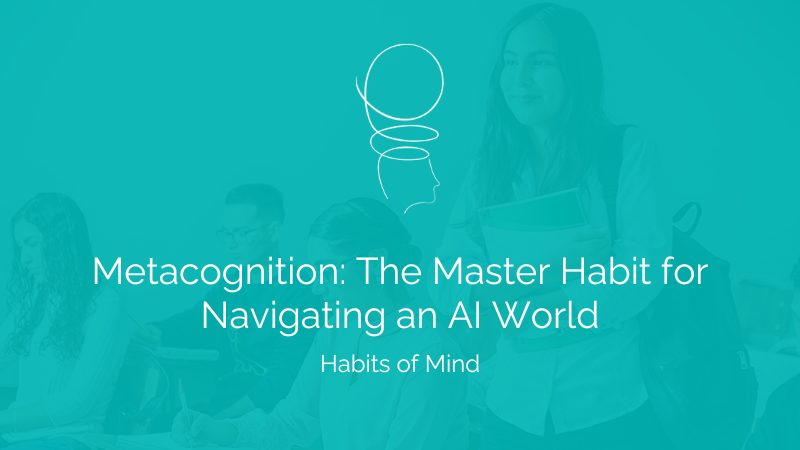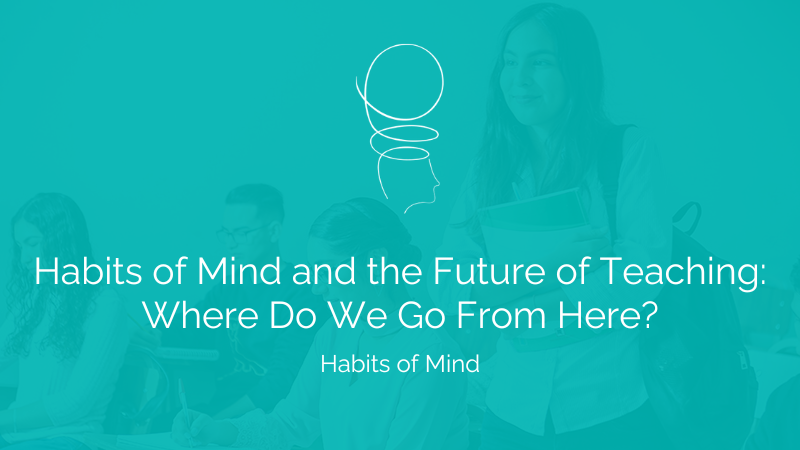There’s a common refrain in education that we need to create “safe learning environments where students feel comfortable taking risks.” It’s well-intentioned—we want learners to stretch beyond what’s easy and familiar. But I’d like to challenge this framing, because it may be reinforcing the very hesitation it’s trying to overcome.
The Problem with “Risk-Taking” Language
Think about it: by describing learning as something that requires “risk-taking,” we’re implicitly suggesting that learning is inherently risky. We’re framing the Learning Zone—that space just beyond current ability where growth happens—as a place of potential danger rather than opportunity.
This matters because language shapes perception. When we tell students they need to “take risks,” we’re subtly reinforcing the idea that failure is something to fear, that stretching beyond comfort involves potential harm. It’s a framing that actually strengthens fixed mindset tendencies rather than diminishing them.
The truth is, entering your Learning Zone isn’t risky—it’s essential. It’s where valuable growth happens. The discomfort of working at the edge of your ability isn’t danger; it’s the sensation of building new capabilities.
What’s Happening in the Learning Zone?
In my work on learning zones, I distinguish between three key spaces:
Comfort Zone: Where tasks fall within current abilities, measured by time and focused on completion
Performance Zone: Where tasks test current abilities, measured by quality and focused on reliability
Learning Zone: Where tasks stretch current abilities, measured by effort and focused on growth
The Learning Zone is where abilities develop, where productive struggle leads to new capabilities. There’s nothing inherently risky about this space—it’s the natural environment for growth.
Reframing Our Language
So what’s a better way to frame this for students?
Instead of: “This is a safe place to take risks with your learning.” Try: “This is where we stretch our abilities by taking on challenges that help us grow.”
Instead of: “Don’t be afraid to take risks and make mistakes.” Try: “Mistakes give us the information we need to improve—they’re part of how we learn.”
Instead of: “I know this feels risky, but give it a try.” Try: “This challenge is designed to stretch you—that’s how you’ll get stronger.”
This isn’t just semantic nitpicking. When we shift from risk-focused language to growth-focused language, we transform how students perceive challenges. They begin to see the Learning Zone not as a place of potential threat, but as the space where they become more capable.
Creating a Challenge-Positive Culture
Here are five practical ways to shift from a risk-framing to a growth-framing in your classroom:
- Audit your language. Notice when you use words like “risk,” “safe,” or “scary” around learning. Replace them with “stretch,” “growth,” and “challenging.”
- Normalize struggle. Explicitly teach students that the feeling of struggle isn’t a warning sign—it’s a growth sign.
- Celebrate stretch attempts. Recognize when students choose to engage with challenging material, regardless of the outcome.
- Change the metaphors. Instead of describing learning as “taking a leap” or “diving into the deep end,” use growth metaphors like “stretching your abilities” or “building your learning muscles.”
- Model growth language. When you encounter challenges, verbalize your approach: “This is going to stretch my thinking, which is exactly what I need to grow.”
As teachers, we’re not asking students to risk anything. We’re inviting them to grow by engaging with challenges designed to stretch them. Let’s use language that reflects this truth.
How do you frame challenge in your classroom? Have you found particular language that helps students embrace rather than avoid difficulty? I’d love to hear your thoughts.
This post is part of the “From a Safe Place to a Growth Place” series, exploring how our language and approaches shape student attitudes toward difficulty and growth. For more on developing powerful learners, check out my book “Learnership.”



